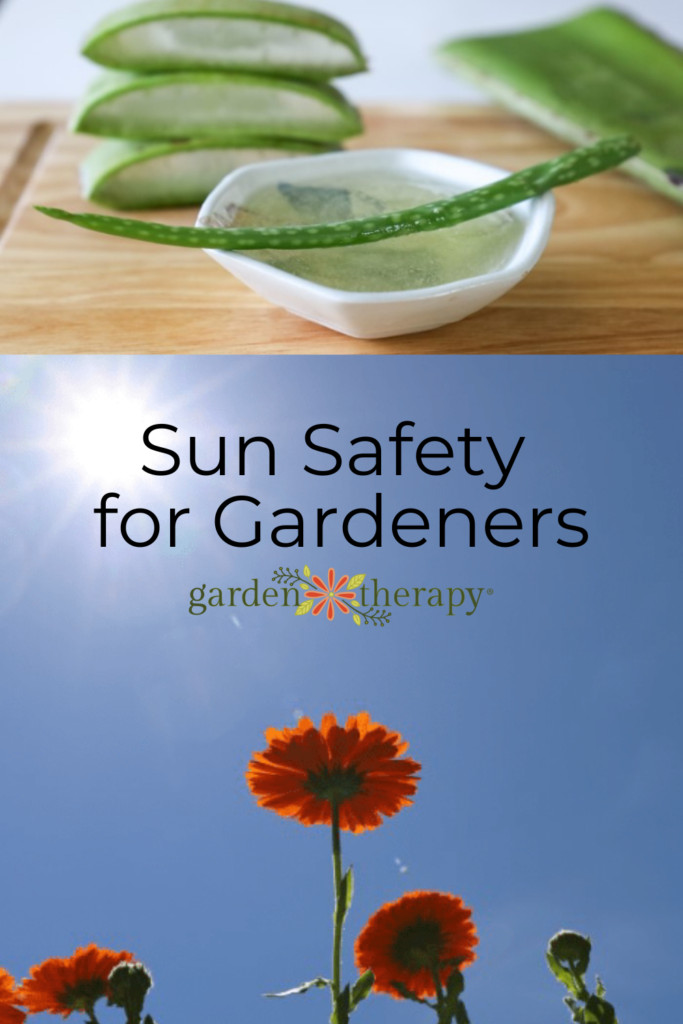From avoiding the sun to bug bites, our skincare routine requires a little more effort in the summer to keep our skin happy and healthy. Sun safety is often one of the more overlooked health aspects, but it is super important for people like gardeners who spend lots of their peak sun time outside. Here’s how to stay safe in the sun without cutting back on your gardening time.

As a fair-skinned, freckly gal, I have all the risk factors for skin cancer, including skin cancer, in my immediate family. Sun safety is no joke for me, so I have done quite a bit of research on what works best for my skin and me.
I love to be outside gardening and soaking up vitamin D, but I am always conscious about sun exposure. Yes, I can’t deny that feeling the sun’s rays directly on my skin fills me with joy and literal warmth, but these moments must be quick and measured.
If sun safety has never been much on your mind as a gardener, let this summer be the time to change that. It’s something we all should be talking about more and practicing year-round.
Here’s what I wish all gardeners would know about sun safety.
- Effects of UV on the Skin
- How to Protect Skin From the Sun Naturally
- How to Stay Safe in the Sun
- Take Inspiration From Around the World
- FAQs About Sun Safety
- More Natural Sun Care Tips
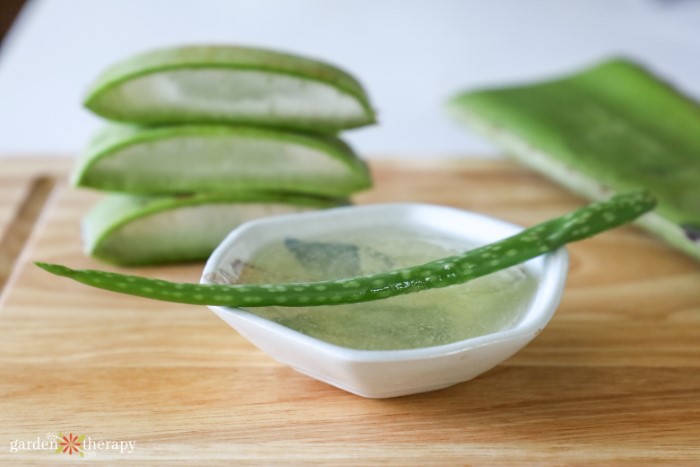
Effects of UV on the Skin
Once we got past rubbing baby oil on our skin into the era of the Coppertone Girl, parents everywhere have been asking their kids, “Are you wearing sunscreen?”
We are all very familiar with the SPF labels on bottles and know that the higher the number, the more sun protection. However, most sunscreens are only protecting against UVB rays and not UVA rays. So, what exactly is the difference between the two?
UVB rays damage the outer layers of the skin, causing sunburns, while UVA rays penetrate deeper into the skin, causing aging. Both are causes of skin cancer. Ideally, you want protection from both. While you may be outside and avoiding a sunburn, long sun exposure will put you at risk of UVA rays.
Some commercial sunscreens protect against both and are labelled as broad-spectrum sunscreens, but they still only provide minimal protection against UVA rays. Mineral sunscreen with zinc oxide is often broad-spectrum, sitting atop the skin rather than into the skin.
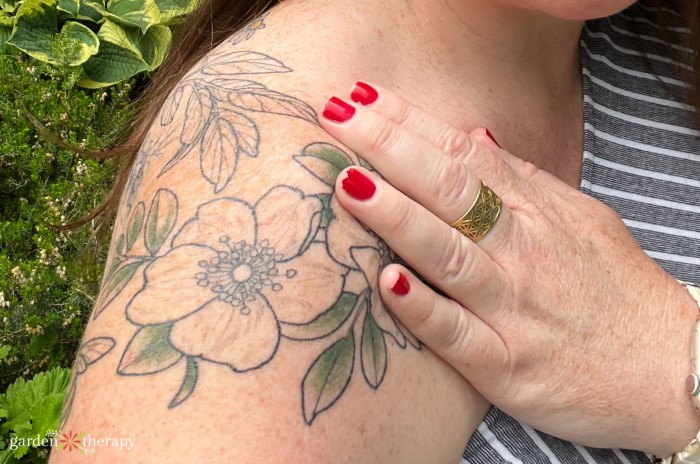
How to Protect Skin From the Sun Naturally
Many moons ago, I wrote a blog about sunscreen and didn’t end up publishing it because the truth is that I don’t rely much on sunscreen. While it does protect the top layer of skin, it doesn’t do much for the skin underneath. This means there can still be underlying damage.
In fact, a sunburn is a good indicator that you’ve been in the sun for too long and need to step out.
A while back, I had low Vitamin D levels, so I ended up taking a supplement. But after a few months of it disagreeing with my stomach and not making me feel much better, I opted for safe sun exposure instead.
My doctor recommended that I head outside and expose my skin to the sun without sunscreen in the cool weather months and at the cool times of the day.
It really doesn’t get all that warm here in Vancouver so that meant that for June, July, and August, I avoided the sun between 10 am to 3 pm, but that 15-20 minutes of exposure in the morning or evening was just fine.
Before I say more, I should note that I don’t take skin safety lightly, and I don’t think you should either. It’s essential that you also consult with health care professionals about what is best for you and your family.
And just so it’s 100% clear, I do use sunscreen when I can’t avoid sun exposure. But I try to follow the following suggestions first.
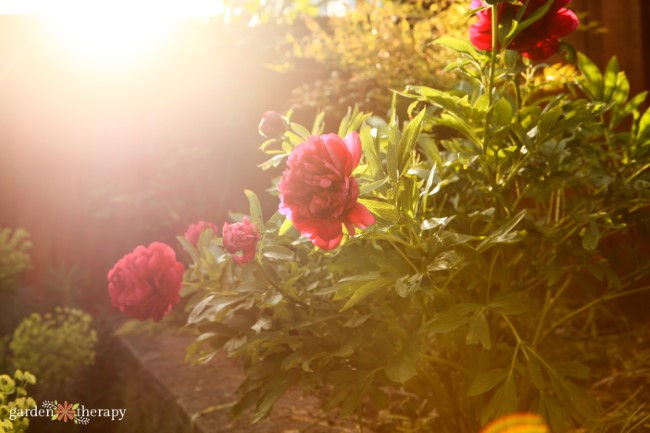
How to Stay Safe in the Sun
In addition to wearing sunscreen when I’m outside for a long time, there are many ways I keep my skin protected while in the garden.
- Check the UV index. The same way you might check the weather, look at the UV index for the day. Anything 3 or higher is when you need to be extra careful.
- Avoid the highest peaks of the day. Typically, 10-3 is when the sun is at its strongest. Avoid gardening during these times. The UV index will confirm the best times of day to go outside. The safest time to be in the sun is early morning and late afternoon.
- Wear protective clothing. Put on a wide-brimmed hat that will cover your face, ears, scalp, and neck. Wear long sleeves (in a light colour to stay cool) to cover your arms, and don’t forget to protect your eyes with UV-protected sunglasses.
- Invest in UPF clothing. If you find yourself outside for a very long time, I would recommend buying some clothing that is labelled to have a UV protection factor (UPF)
- Work in the shade. Whenever possible, find protection in shady spots. Umbrellas can help with this!
- Wear sunscreen. If exposed to a long period of time, put on some broad-spectrum sunscreen with an SPF of 30 or higher.
- Keep hydrated. Always drink lots of water when it’s hot out to avoid dehydration and heat stroke.
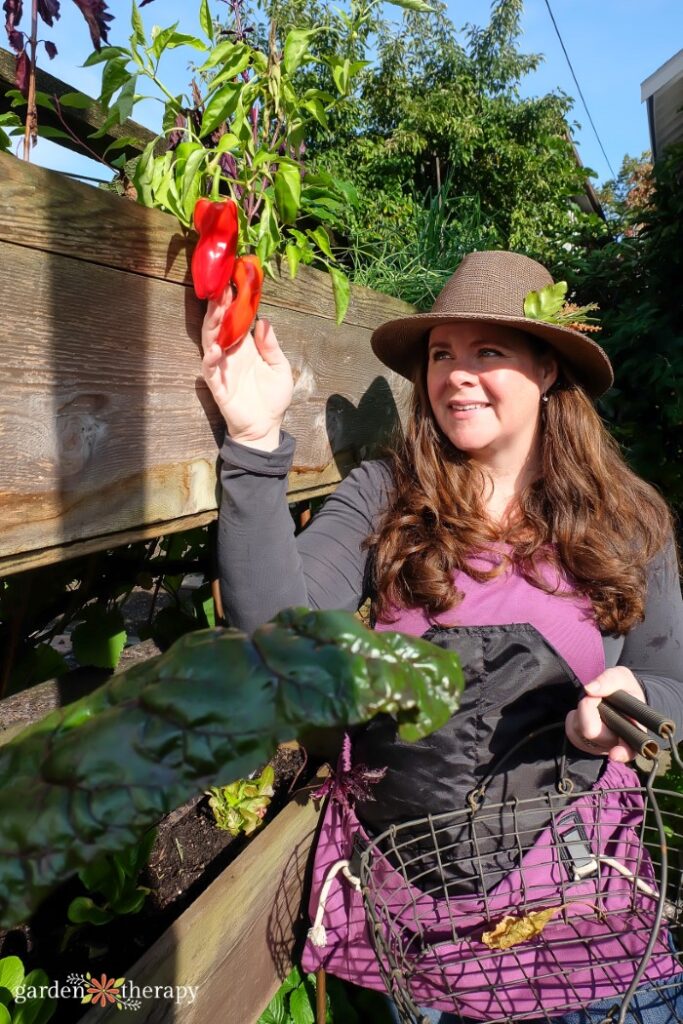
Take Inspiration From Around the World
Many of our current sun safety practices stem from different cultural practices that have long been in place.
In ancient China, silk parasols were very popular amongst the higher classes to stay protected from the sun. I still see many people practicing this today. In Southeast Asia, people wore and still wear conical leaf hats.
The indigenous people of the Arctic were the first to have “sunglasses” made of leather, bone, or wood to shelter their eyes from snow blindness. Further south, indigenous people used sunflower oil and pine needles as natural sun barriers.
The Mediterranean and most of Latin America participate in siestas, a mid-day nap or rest when the sun is at its peak. During this time, people retreat inside to shelter themselves from the sun.
In my post about SAD, I mentioned that today’s society forces us to live by a certain timeline rather than follow the sun. We’re told that midday is one of our most productive hours, so we need to be out and about getting stuff done. But what if we used this time to be in the shade and rest instead?
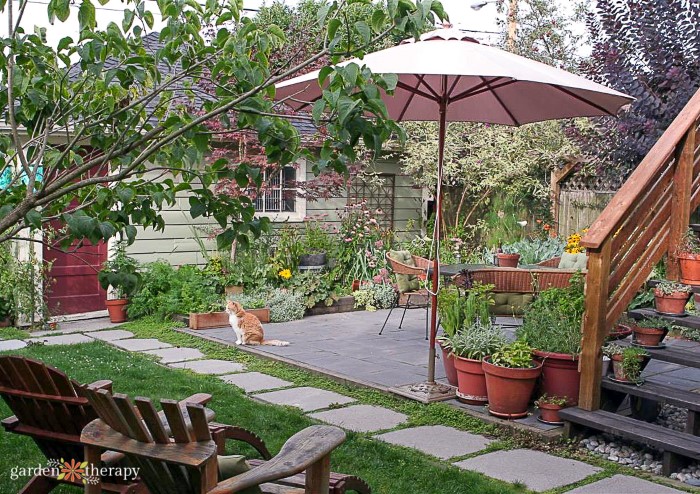
FAQs About Sun Safety
The SPF number refers to how well a sunscreen protects against UVB rays (not UVA rays). It tells us how long the UV rays would take to redden our skin compared to if we weren’t wearing sunscreen.
With SPF 50, UV rays would take 50 times longer to burn your skin than if you weren’t wearing any sunscreen. Compared to SPF 30, SPF 50 is about 2% more effective.
Between 15-20 minutes of exposure in the morning or evening sun is just fine without protection.
The peak sun hours are between 10 AM to 3 PM. Check your UV index for peak times, as you would the weather. Anything 3 or higher should require all sun protection measures. The safest time to be in the sun is early morning and late afternoon through to the evening.
In the end, we want to avoid the sun at its peak time when the UV rays are the strongest, wear a hat, enjoy the shade whenever possible, and take steps to wear skin protection. Together, you’re keeping your skin happy and healthy!

